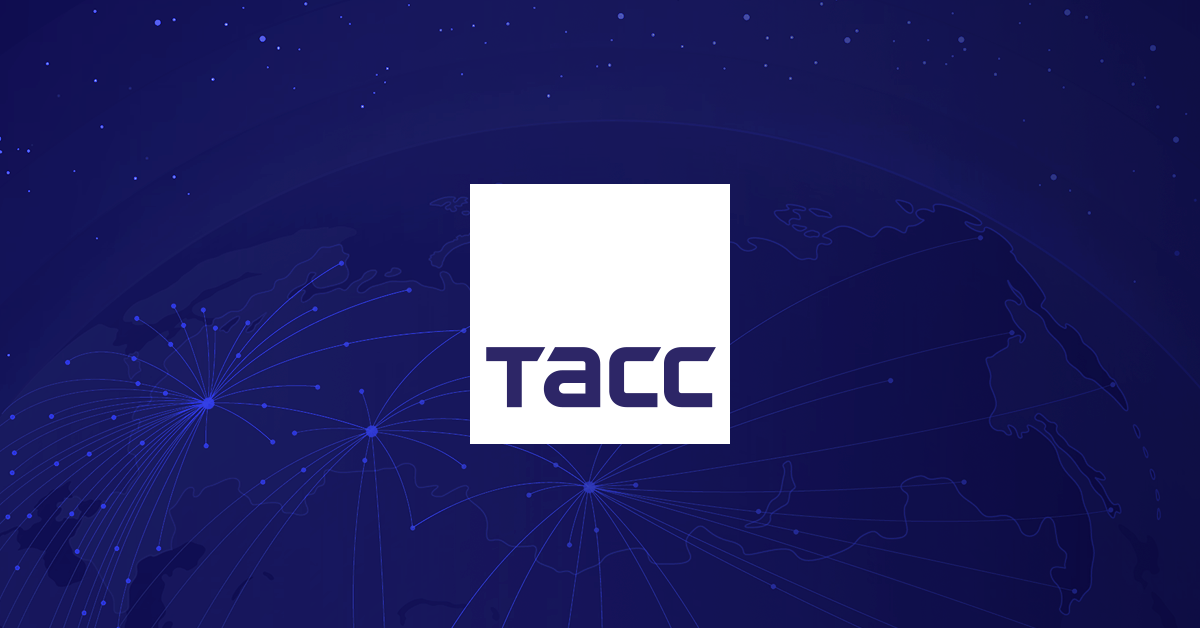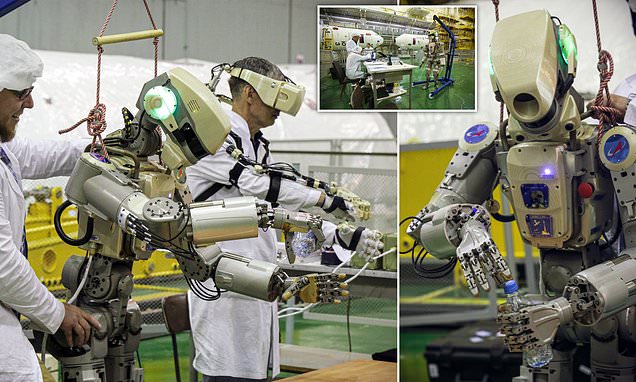- Joined
- 21 January 2015
- Messages
- 12,157
- Reaction score
- 16,373
07/23/2019
Skybot F-850 at Baikonur
Today, July 23, 2019, an anthropomorphic Skybot F-850 robot was delivered to the Baikonur cosmodrome for pre-flight preparation. It will be delivered to the International Space Station by the Soyuz MS-14 unmanned spacecraft, which is scheduled to launch in August 2019.
The humanoid robot Skybot F-850 was created by Android Technique and the Advanced Research Foundation for the Ministry of Emergency Situations. After docking the Soyuz with the ISS, it will be transferred from the ship to the Russian segment of the station, where, under the control of the cosmonaut of Roscosmos Alexander Skvortsov, he will perform several tasks. In total, it will stay in orbit for 1.5 weeks, then return to Earth in early September.
Launch of the Soyuz MS-14 spacecraft is scheduled for August 22. It will pass in an unmanned mode and will become a test for the Soyuz-2.1a launch vehicle, since before that it had put cargo ships and various spacecraft into orbit. Soyuz-2 of stage 1a replaces the carrier rocket Soyuz-FG, which since 2002 has been delivering international crews to orbit.

 www.roscosmos.ru
www.roscosmos.ru
Originally it was a combat robot:

 tass.com
tass.com
Skybot F-850 at Baikonur
Today, July 23, 2019, an anthropomorphic Skybot F-850 robot was delivered to the Baikonur cosmodrome for pre-flight preparation. It will be delivered to the International Space Station by the Soyuz MS-14 unmanned spacecraft, which is scheduled to launch in August 2019.
The humanoid robot Skybot F-850 was created by Android Technique and the Advanced Research Foundation for the Ministry of Emergency Situations. After docking the Soyuz with the ISS, it will be transferred from the ship to the Russian segment of the station, where, under the control of the cosmonaut of Roscosmos Alexander Skvortsov, he will perform several tasks. In total, it will stay in orbit for 1.5 weeks, then return to Earth in early September.
Launch of the Soyuz MS-14 spacecraft is scheduled for August 22. It will pass in an unmanned mode and will become a test for the Soyuz-2.1a launch vehicle, since before that it had put cargo ships and various spacecraft into orbit. Soyuz-2 of stage 1a replaces the carrier rocket Soyuz-FG, which since 2002 has been delivering international crews to orbit.

Новости. Skybot F-850 на Байконуре
23 июля 2019 года на космодром Байконур для предполетной подготовки был доставлен антропоморфный робот Skybot F-850. На Международную космическую станцию он будет доставлен беспилотным кораблем «Союз МС-14», запуск которого запланирован в августе 2019 года.
Originally it was a combat robot:

Russia testing experimental robotic combat platform
The project’s first stage is nearing completion


